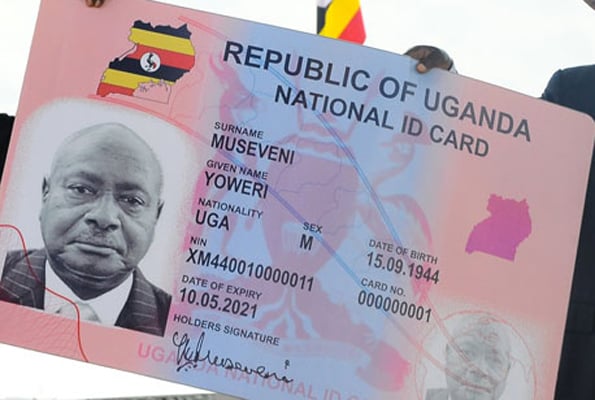By Aziz Kalisa.
Introduction:
Forming a partnership agreement is crucial when establishing a business with one or more partners. It serves as a legally binding contract that outlines the rights, responsibilities, and expectations of all parties involved. In this guide, we will walk you through the essential steps and key considerations to help you create a robust partnership agreement that protects your interests and ensures a smooth partnership.
Step 1: Defining the Partnership
1.1 Choose a Partnership Name:
Select a unique and suitable name that reflects your business.
Ensure the name complies with legal requirements and trademark availability.
1.2 Determine the Partnership Premises:
Specify the physical location or address where the partnership will operate.
Step 2: Allocating Profits, Losses, and Contributions
2.1 Profit and Loss Sharing:
Outline how profits and losses will be distributed among partners.
Consider factors like initial capital contributions, workload, and equity shares.
2.2 Contribution of Each Partner:
Define the financial and non-financial contributions each partner will make.
Include details regarding initial investments, loans, equipment, or expertise.
Step 3: Establishing Partnership Guidelines
3.1 Dispute Resolution:
Clearly define how disputes or conflicts between partners will be handled.
Consider methods such as negotiation, mediation, or arbitration.
3.2 Division of Work:
Specify the roles, responsibilities, and duties of each partner.
Outline the decision-making process and authority within the partnership.
3.3 Partner Changes:
Define the process for adding or removing partners from the partnership.
Specify the criteria, approval mechanisms, and consequences for such changes.
Step 4: Partnership Termination
4.1 Circumstances for Partnership Dissolution:
Identify the events or triggers that may lead to the termination of the partnership.
Common examples include bankruptcy, retirement, or mutual agreement.
4.2 Distribution of Partnership Property and Debts:
Address how partnership assets, liabilities, and debts will be distributed.
Specify the order of priority and the responsibilities of each partner.
Step 5: Making the Partnership Agreement Legally Binding
5.1 Registering the Business Name:
Register a business name that the partnership will operate under.
Ensure compliance with the local jurisdiction’s legal requirements.
5.2 Registering the Partnership Agreement:
File the partnership agreement with the appropriate government agency or registration authority.
In Uganda, register the agreement with the Uganda Registration Services Bureau (URSB).
Step 6: Legal Consequences of Violating the Partnership Agreement
6.1 Consequences for Violation:
Understand that violating the partnership agreement can result in various consequences.
Possible outcomes include dismissal of a partner, compensation, injunctive relief, or dissolution.
Conclusion:
A partnership agreement is a vital tool that sets the foundation for a successful business venture. By creating a comprehensive agreement, partners can anticipate potential challenges, minimize disputes, and establish clear guidelines for decision-making and profit-sharing. Remember, seeking legal advice or consulting an attorney can provide further guidance and ensure that your partnership agreement meets all necessary legal requirements.















